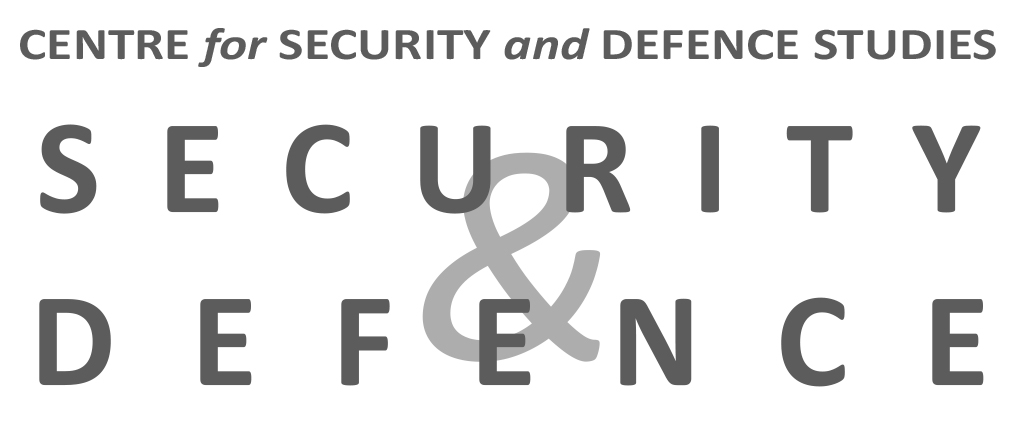
The potential threat posed by Russian anti-satellite (ASAT) capabilities has garnered significant attention in recent years. Accusations from the United States that Russia is developing (nuclear) space weapons in violation of the 1967 Outer Space Treaty underscore the urgent need for robust international regulations to prevent the militarisation of space and ensure its peaceful use.
This research delves into the evolving dynamics of this threat and its implications for global security. It analyses the growing space capability gap between Russia and other major powers and highlights the persistent challenges faced by Russia in renewing its launcher segment and regenerating its satellite fleet, as the post-Cold War era has seen its space industry struggle with the modernisation of its fleet and financial stability.
Central to the analysis is a detailed exploration of Russia’s anti-space defence programmes. This includes a look at satellites designed for rendezvous and proximity operations (RPO), direct ascent ASAT (DA-ASAT) programmes and the development of the S-500 missile defence system. The study also addresses the credibility of a Russian nuclear co‑orbital ASAT threat, evaluates the plausibility of such a threat and discusses the severe consequences of a nuclear explosion in low Earth orbit.
(Only available in French)
Research lines: Defence capabilities and technologies; Eurasia
Source photo: NASA on Flickr

